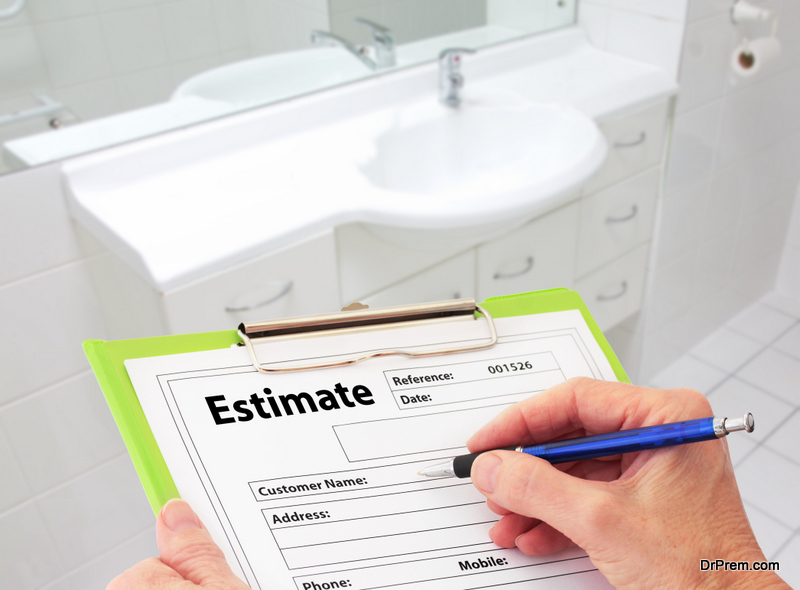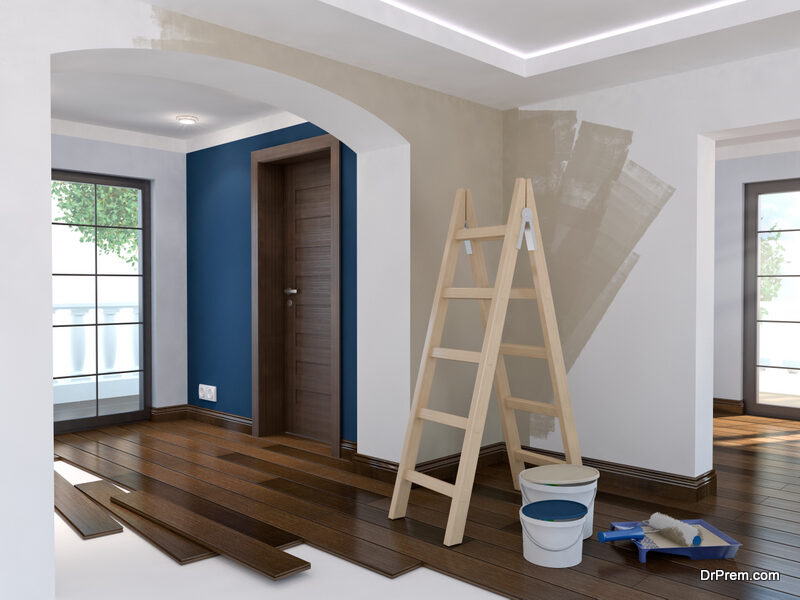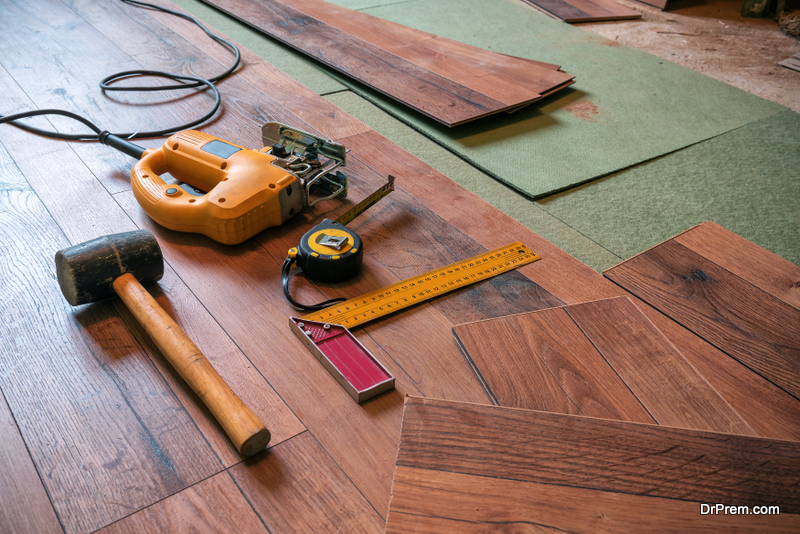As a homeowner, improving your home and its components is a given. After all, you’ll reap the benefits of doing so, especially in improving the overall quality of your life. Home improvements can include projects that aim to enhance the look of your house, repair any damages, and maintain its structural integrity.
Home improvement comes in various forms, as they heavily rely on geographic location, home architecture, budget, needs, preferences, and available space. If you’re planning to take on this project, you have to take note of the universal do’s and don’ts of home improvement:
1. Do: Hire The Pros For Large-Scale Home Improvement
 Home improvement is an extensive project that should be handled by professionals. If you’re looking for reliable home improvement professionals, home improvement companies like Nova Exteriors have a broad experience and portfolio on various projects.
Home improvement is an extensive project that should be handled by professionals. If you’re looking for reliable home improvement professionals, home improvement companies like Nova Exteriors have a broad experience and portfolio on various projects.
While you may initially think that doing it yourself helps save contractor costs, the potential job mistakes and material wastes will cost you more in the long run.
Moreover, instead of improving one’s home, hastily taking on the project without the required knowledge and expertise may cause further damage and safety hazards.
2. Do: Repair Damages Immediately
Home care and maintenance are fundamental responsibilities of a homeowner. You should regularly check your structures, fixtures, and fittings to see any signs of deterioration. If you’ve found any damages to certain areas in your home, you shouldn’t hesitate to call an expert.
This is why it’s essential to prepare a separate budget for house repairs and maintenance. Through this, you can immediately address these concerns, preventing them from becoming bigger problems in the future.
If you haven’t prepared a budget for renovation yet and remedies are out of reach, you may consider affordable financing options like renovation loans. However, you need to learn some ways to avoid costly home renovation mistakes as much as possible.
3. Do: Take Short-Term And Long-Term Costs Into Account
 Since home improvement is a large-scale project, the costs will undoubtedly be expensive. The average cost of home renovation projects ranges from USD$18,267 to USD$76,136, which is a hefty amount to spend in one go.
Since home improvement is a large-scale project, the costs will undoubtedly be expensive. The average cost of home renovation projects ranges from USD$18,267 to USD$76,136, which is a hefty amount to spend in one go.
In planning a home improvement project, having an estimate will allow you to create a budget for all the expenses, including short-term costs like materials and labor fees, plus long-term expenses such as maintenance and replacement costs.
4. Don’t: Buy Materials on Your Own
A big mistake that many homeowners make is purchasing their own materials in the hopes of saving more money—it’s actually the other way around.
Purchasing your own materials can cost you more, since customers tend to buy more than the required amount of materials. Contractors get special discounts from stores, so it’s better to leave the purchasing up to them.
Moreover, contractors know the necessary materials for your project without going overboard while shopping for supplies. Letting your contractors purchase the materials can also build rapport and trust between both parties. Conversely, purchasing them on your own can negatively impact your client-contractor relationship.
5. Don’t: Forget Maintenance after the Renovation
 After the home remodeling, everything will look fresh and perfectly furnished. However, your house’s current condition won’t last forever, as regular maintenance is crucial in preserving its structural integrity.
After the home remodeling, everything will look fresh and perfectly furnished. However, your house’s current condition won’t last forever, as regular maintenance is crucial in preserving its structural integrity.
Hence, before your remodeling contractors leave, ask for some useful tips in maintaining the newly improved parts of your home. No matter how beautiful your house looks at the moment, it’ll slowly deteriorate without proper upkeep and maintenance.
Take-Home Message
It requires a great deal of planning, saving, and negotiation to accomplish a successful home improvement. In planning the improvement and renovation of your home, you should always prioritize its functionality, convenience, and comfort. There’s no use in an aesthetically-pleasing house without these factors. You and your family’s well-being should always top your list of priorities for your upcoming project.
Article Submitted By Community Writer




